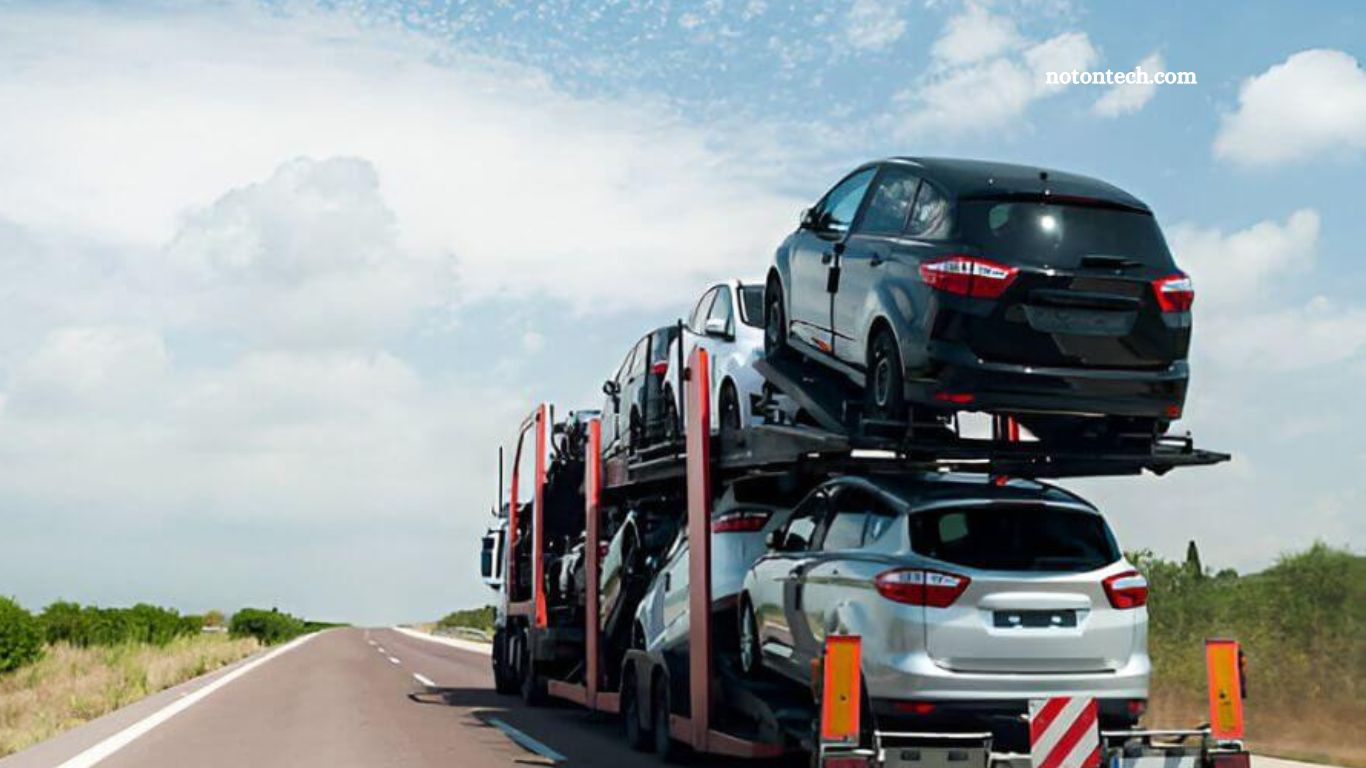Transporting goods by car may seem simple, but it requires careful planning, safety measures, and efficiency. Whether moving household items, making deliveries, or relocating, proper preparation ensures a smooth experience.
Rena Monrovia, a recognized expert in car transportation, offers valuable insights and strategies. This post explores her expertise while providing practical tips for hassle-free transport.
Rena Monrovia’s Expertise in Car Transportation
Rena Monrovia is a respected name in logistics and transportation, specializing in the complexities of moving goods by car. With years of hands-on experience, she offers practical insights that help individuals and businesses streamline their transportation processes.
Read More: BetterThisWorlding.com: Empowering Change and Building Stronger Communities
Her approach emphasizes careful planning to minimize risks, protect belongings, and ensure smooth deliveries. By combining theory with real-world expertise, Rena has guided many in making informed decisions about car transportation.
Why Transporting Goods by Car is Essential
Many people rely on car transportation for various reasons. Here are some common scenarios:
Seasonal Transitions
Switching between summer and winter essentials, like outdoor gear or seasonal tools, often involves car transportation, making organization and efficiency key.
Moving to a New Home
Relocating across town or to another state often requires transporting personal belongings. For those with fewer items or who prefer not to hire movers, using a car is a cost-effective solution.
Business Deliveries
Companies frequently use vehicles for local deliveries. Optimizing routes and packing efficiently can reduce costs, improve customer satisfaction, and enhance logistics.
Event Logistics
From weddings to corporate gatherings, transporting furniture, decorations, and equipment ensures smooth event execution. Proper packing prevents damage and delays.
Best Practices for Safe and Efficient Car Transportation
Once you’ve decided to transport items by car, following these key strategies will ensure a smooth process:
- Plan and Organize
Rena Monrovia stresses the importance of preparation. List your items, group similar ones, and create a loading strategy to maximize space and maintain balance. - Use Proper Packing Materials
Invest in sturdy boxes, packing tape, bubble wrap, and blankets to prevent damage. Label boxes for easy access upon arrival. - Distribute Weight Wisely
Place heavier items at the bottom and center, with lighter, fragile items on top. Proper weight distribution enhances vehicle stability and safety. - Secure Your Items
Use straps or tie-downs to prevent shifting during transit, especially for large or heavy objects. This reduces the risk of damage and ensures safer driving. - Plan Your Route
Check for road closures, traffic conditions, and weather forecasts before departure. A well-planned route minimizes delays and enhances efficiency.
What to Expect on the Road
As you begin your journey, keep these key factors in mind:
- Take Regular Breaks
For long-distance trips, schedule stops to rest and check that your load remains secure. This ensures both safety and comfort. - Prepare for Challenges
Unexpected delays like traffic, detours, or weather changes can occur. Having a backup plan helps you stay on track. - Follow Local Laws
Ensure compliance with transportation regulations, especially for oversized or restricted items. Researching local laws prevents fines and delays.
Frequently Asked Questions
Who is Rena Monrovia?
Rena Monrovia is a logistics expert specializing in efficient and safe car transportation. She provides insights on planning, packing, and optimizing transport processes.
Why is planning important for transporting goods by car?
Proper planning ensures space optimization, prevents damage, and improves road safety. Creating a checklist and loading strategy can make transportation smoother.
What are the best packing materials for car transport?
Use sturdy boxes, bubble wrap, packing tape, and protective blankets to secure fragile and heavy items. Labels help with easy identification upon arrival.
How should weight be distributed in a vehicle?
Place heavy items at the bottom and center for balance. Lighter and fragile items should be on top to prevent shifting and ensure a stable ride.
How can I secure items to prevent movement?
Use tie-downs, straps, or cargo nets to keep items from shifting during transit. Securing everything properly helps maintain vehicle stability and prevents damage.
What should I do to prepare for unexpected road challenges?
Check weather forecasts, traffic conditions, and potential detours before departure. Having a backup plan ensures minimal delays.
Are there any legal considerations for transporting goods by car?
Yes, always check local transportation laws, especially for oversized cargo or hazardous materials. Compliance prevents fines and delays.
How often should I take breaks during a long trip?
Regular breaks help with driver fatigue and allow you to check if the load remains secure. Stopping every 2-3 hours is recommended for long journeys.
Conclusion
Transporting goods by car requires careful planning, proper packing, and adherence to safety measures. By following expert advice from Rena Monrovia, you can optimize space, secure your items, and ensure a smooth, hassle-free journey.
Whether you’re moving, making deliveries, or transporting event supplies, applying these best practices will help you avoid common pitfalls and travel with confidence. With the right preparation, you can turn car transportation into a seamless and efficient process.


